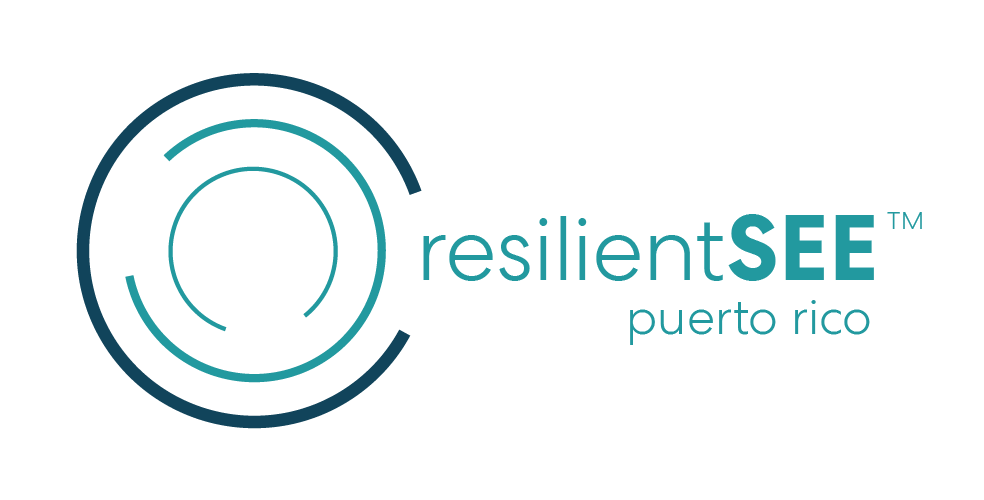Post Maria Puerto Rico
By Ramón Bueno, Dave Hampton, and Pedro Sifre
The following is a summary of the Panel Discussion “Post Maria Puerto Rico: Defining Resilient Recovery,” which took place at the Architecture Boston Expo (ABX) on November 29, 2018.
This ABX presentation, organized by Mark Careaga (Payette), was an evolution of an earlier joint meeting of the BSA Committee on Resilient Environments (CORE) and the BSA International Practice Committee. The panel discussion at ABX consisted of three presenters and attracted an audience of approximately 80 people who continued to ask questions 45 minutes beyond the formal end of the session.
Dave Hampton, of re:ground LLC and CORE, framed the discussion within the context of other disasters and responses, posing questions and lessons learned about system disruptions, first responders, the nature of recovery and implications for design professionals. Dave challenged the group with several questions about resilient recovery: Recovery from what? For whom? Who decides? Who pays? What resources and skills are truly needed? How to get them where and to whom it matters? He suggested that recovery (re)defined has to address: How much money do you have? How much do you need? For what? How will money be translated into what is truly needed? Why should others make the investment? We considered the role of designers in disaster recovery, asking: What do we think we are good at? What are we really good at? And which skills are needed out there and what skills do we need to build.
Ramón Bueno, climate change/development specialist, explored implications for resilience building and preparedness from the 2017 storms’ scale, intensity, pace and frequency, as well as how poverty and inequality limit achievable recovery and resilience. He reviewed Puerto Rico’s high climate risks and its long-lasting deep economic crisis; the role of its bankrupt centralized energy system based on costly imported fossil fuels as trigger to the disaster’s scale and duration, and the pressing need to move toward a distributed grid of increasingly clean and local energy sources; along with the importance of participation and transparency in seeking an equitable, sustainable balance of social, climate/environmental, and economic concerns.
Pedro Sifre from SGH began his presentation by addressing the cumulative impact of storms during the 20th century, covering several examples of the immediate and lingering effects of the hurricane on businesses and individuals in addition to the grind of having to live in the aftermath – without power, without traffic lights, and with a cash-only economy. Pedro continued to discuss the fragility and resiliency of government agencies, habitats, organized and spontaneous networks, charities, businesses, and individuals.

